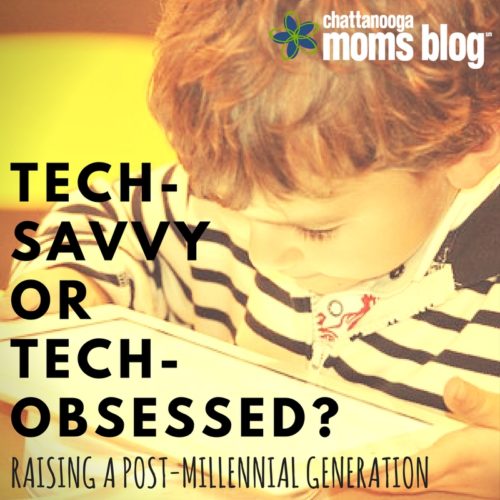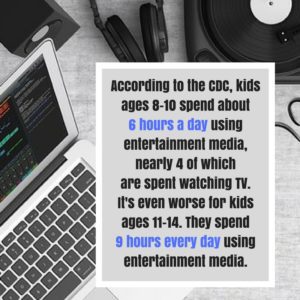
No one who knows me now will believe this, but I spent more time outside when I was younger than inside. In fact, my best memories from early childhood in Charleston all take place in the great outdoors. We didn’t have cable, but we weren’t allowed to watch anything other than select PBS programming, anyway.
There were no cell phones in our house, no internet, no iProducts of any kind.
Back then, when we had to walk uphill both ways in the snow to get to school, we connected with other humans the old-fashioned way. I collected tadpoles in Mason jars with my best friend Adrienne and made “tea” from dirt and leaves with the mean girl across the street.
These memories I have of Charleston are some of my happiest, partly because I had an idyllic childhood (at least in my mind) and partly because they involved all of my senses. I can still taste the tea we made out of those old, dirty leaves and smell the mucky creek behind our house.
I sometimes wonder if today’s kids will have the same beneficial sensory experiences as I did.
Hidden behind ever-glowing screens, absorbed into a world that’s both more connected than ever and increasingly disconnected, our kids will always tread a delicate line between tech-savvy and tech-obsessed, perhaps too far to the latter.
I have to ask myself and you: Where’s the line?
Where’s the line between preparing Arthur to be a productive member of society and overexposure? Between making sure that he can connect with the world and keeping him safe online? Between encouraging his natural curiosity about technology and preventing him from becoming obsessed?
Lines are thin, of course. There’s a reason it’s so hard to stay inside of them whether you’re upholding moral principles or coloring. As a millennial born in the mid-1980s, I remember hand-writing papers for school and making mixed tapes by recording songs from the radio (shh). But I also use my iPhone every day. I scroll through Pinterest like it’s my job. I’ve had no trouble adapting to the fast-paced technology that zooms along with my generation.
Now, as a parent, I’m wondering if it’s all too much. How would we know? The generation after mine — as yet unnamed by the official generation-naming committees — doesn’t remember the events of September 11th. They’re also more connected than any of us, constantly online and surrounded by pervasive technology. What will the future look like for them?

Technology itself isn’t inherently bad or good. It’s how we use it that makes a difference.
My dad got Arthur to start crawling by putting an iPhone on the living room floor as bait. Now, my almost-two-year-old can press the buttons on our phones to make things happen. Not too long from now, he’ll be able to flip through the iPad without help.
The verdict is still out on how much technology is too much. Research suggests that memory issues, anxiety, and sleep problems — not to mention poor personal relationships — can all be traced to tech distractions. Studies of school-aged children also show that kids learn less, not more, when given unfettered access to the internet.
On the flip side, technology offers a bevy of benefits to children. These include improved hand-eye coordination, enhanced cognitive development, and better problem-solving skills. Computer technology has become an essential life skill, to the point that plenty of educators advocate for its use in the classroom.
A common two-fold thread runs through the discussion on appropriate tech use: guidance and quality. We, as parents, should explain what our kids are seeing and know what they’re doing. We should also be giving them access to high-quality programming on and offline.





















